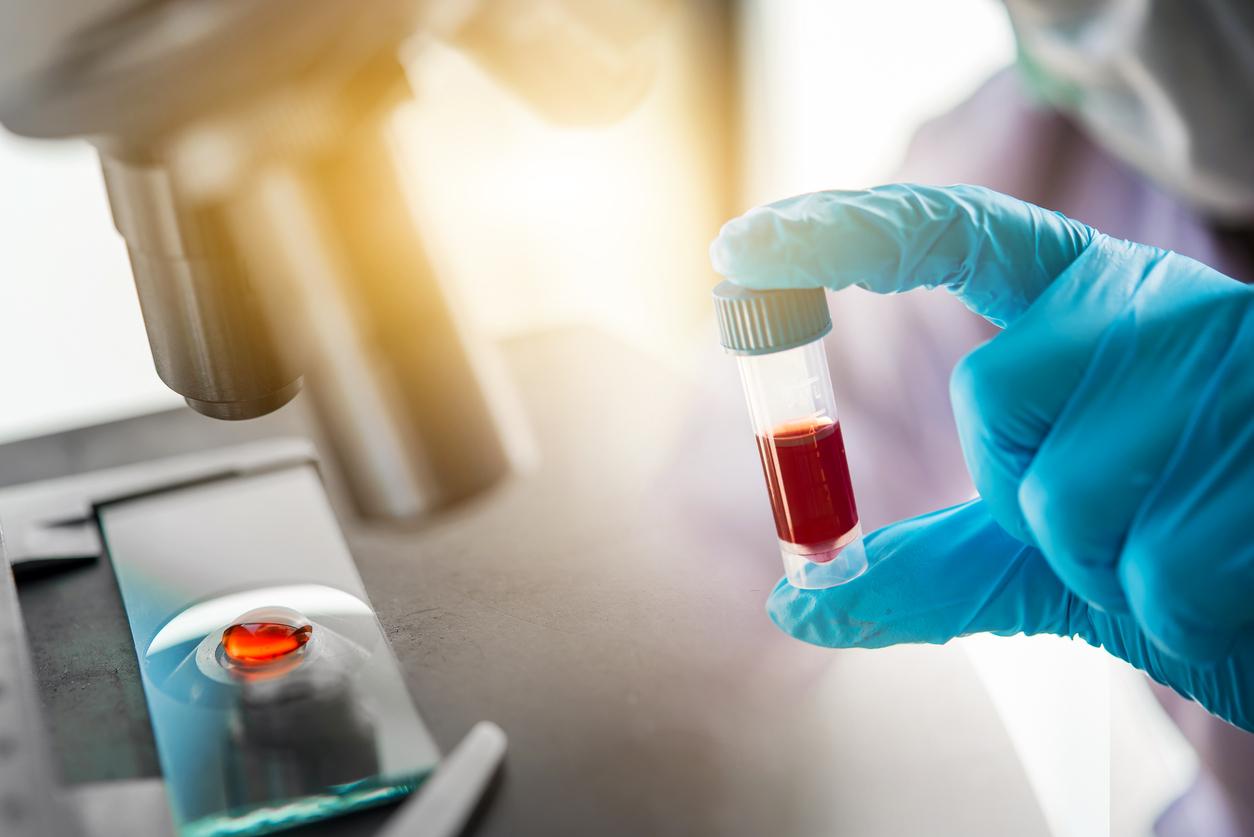The discovery of a killer code, in the form of a short sequence of interfering RNA, makes it possible to envisage the treatment of the cancers most resistant to current treatments. This interfering RNA is capable of blocking the genetic anomalies carried by certain cancer cells, without the possibility of resistance even when there are several of them, and of pushing them to suicide.

A revolution is underway. For the first time, researchers say they have found a way to push cancer cells to suicide instead of trying to destroy them with chemotherapy or immunotherapy.
For this, a simple fragment of RNA (of genetic code), which is present everywhere in the DNA and RNA of cells, would be enough to drive cancer cells to suicide. This suicide would occur by blocking several genes, which would make it impossible for the cancer cell to acquire resistance and would make it possible to treat cancers such as the pancreas, the brain and the ovary more effectively, which depend on several genetic anomalies and which treatments current can not all block.
The study, carried out by scientists from Northwestern University of Chicago in the United States, was published in October in the journals eLife and type communications.
A cellular mechanism that existed before the immune system
Many non-functional cells are born regularly in our body by chance. In the long term, they can become dangerous and multiply very quickly, which can cause cancer, explains the study in the preamble. Paradoxically, our “efficient” cells are able to detect the non-functionality of others and activate micro-molecules, called interfering RNA, to destroy them. This cell suicide mainly concerns cells that multiply very quickly and not cells that grow at a normal rate.
Scientists have discovered which are the 6 nucleotides (building blocks of DNA and RNA) at the origin of these interfering RNAs capable of triggering the process of cell suicide. They nicknamed them DISE, for “Death by Induced Survival gene Elimination”. This short sequence is contained in many longer RNAs (3%) and scientists have discovered how to make this short sequence free and active thanks to a “cell death cycle protein”, CD95L, able to free them from the sequences. longer RNAs in which they are contained.
“Death by Induced Survival gene Elimination”
A study The feasibility of this new pathway was carried out in mice last year with an interfering RNA which was placed on lipoprotein nanoparticles capable of delivering this DISE to ovarian cancer cells transplanted into mice. They then observed that these malignant cells began to die instead of developing resistance to treatments that were supposed to destroy them by multiplying as is normally the case.
Because interfering RNAs have the ability to simultaneously eliminate several genes that bad cells need to survive. This complicates the possibility of resistance acquisition because cancer cells can become resistant to one mechanism of action but not to several different ones acting at the same time. “It’s like committing suicide by stabbing yourself, shooting yourself and jumping off a building all at the same time. You can’t survive,” says Marcus E. Peter, lead author of the study.
“Designing even more powerful artificial microRNAs”
Finally, after looking at 4096 possible combinations of this sequence, scientists found the most toxic to cancer cells. And if the latter already exists in the human organism, it resides there in sufficient quantity. It would therefore now be a question of supplementing it artificially to allow our immune system to fight cancer as well as possible, explains the study.
And researchers are optimistic. “Based on what we learned during these two studies, we can now design even more potent microinterfering RNAs against cancer cells than those developed by nature”, rejoices Marcus E. Peter. Such a process, however, is expected to take many years.
Cancer is the second leading cause of death worldwide. According to the World Health Organization (WHO), it caused 8.8 million deaths in 2015, 70% of these deaths taking place in low- and middle-income countries.


.

















